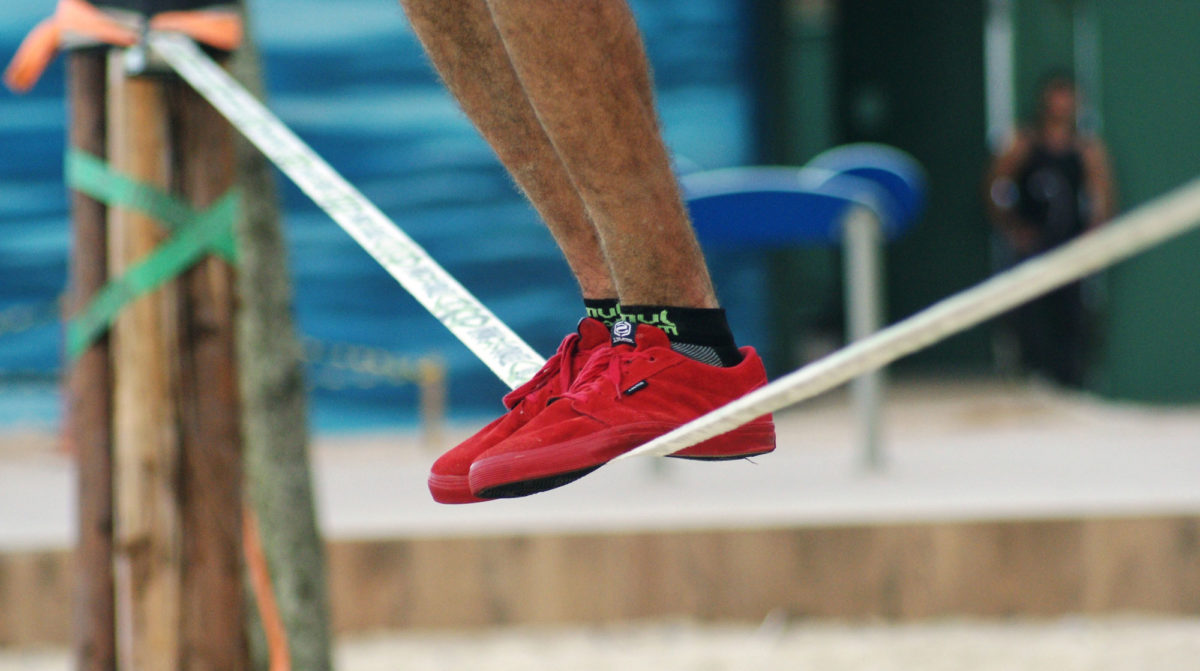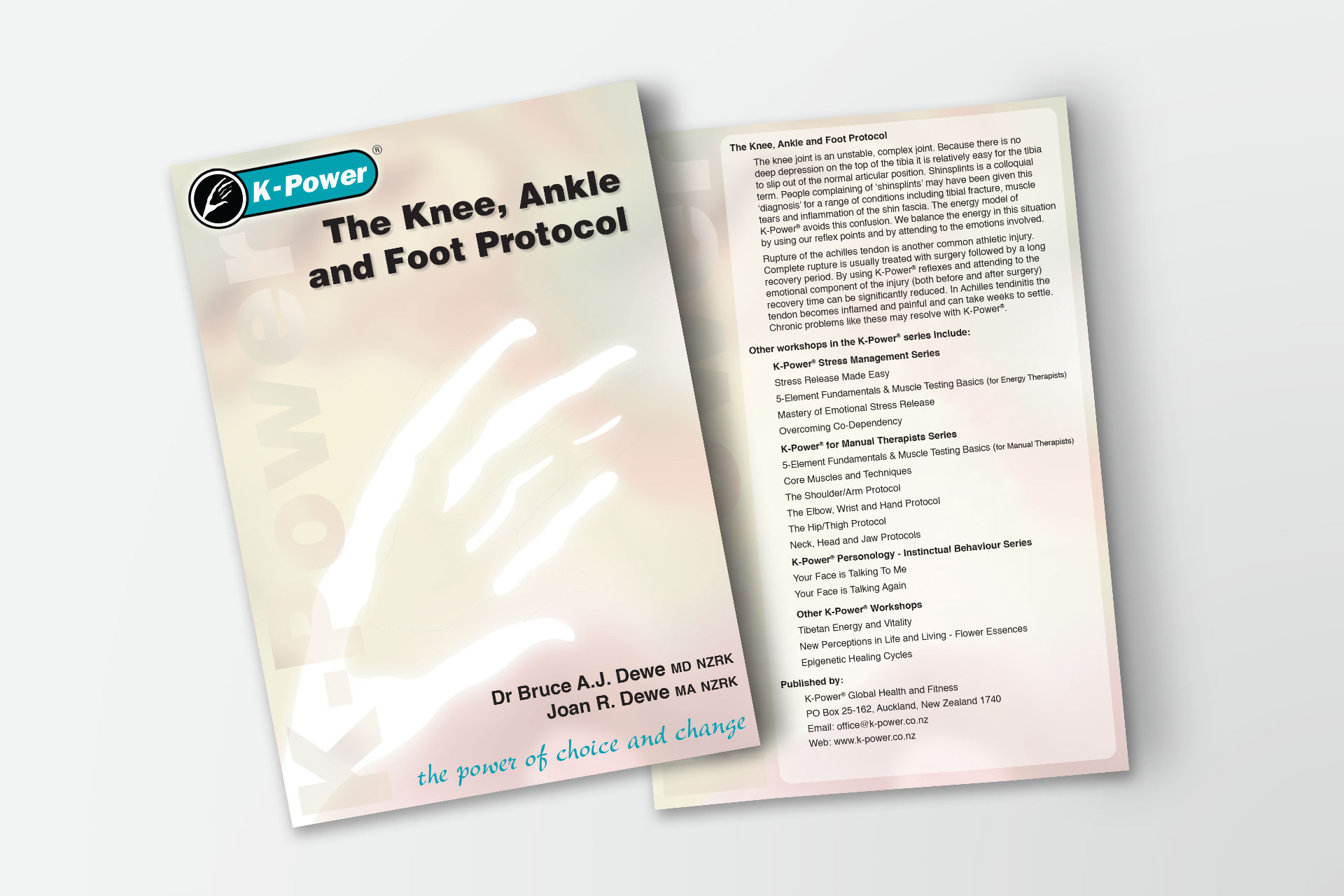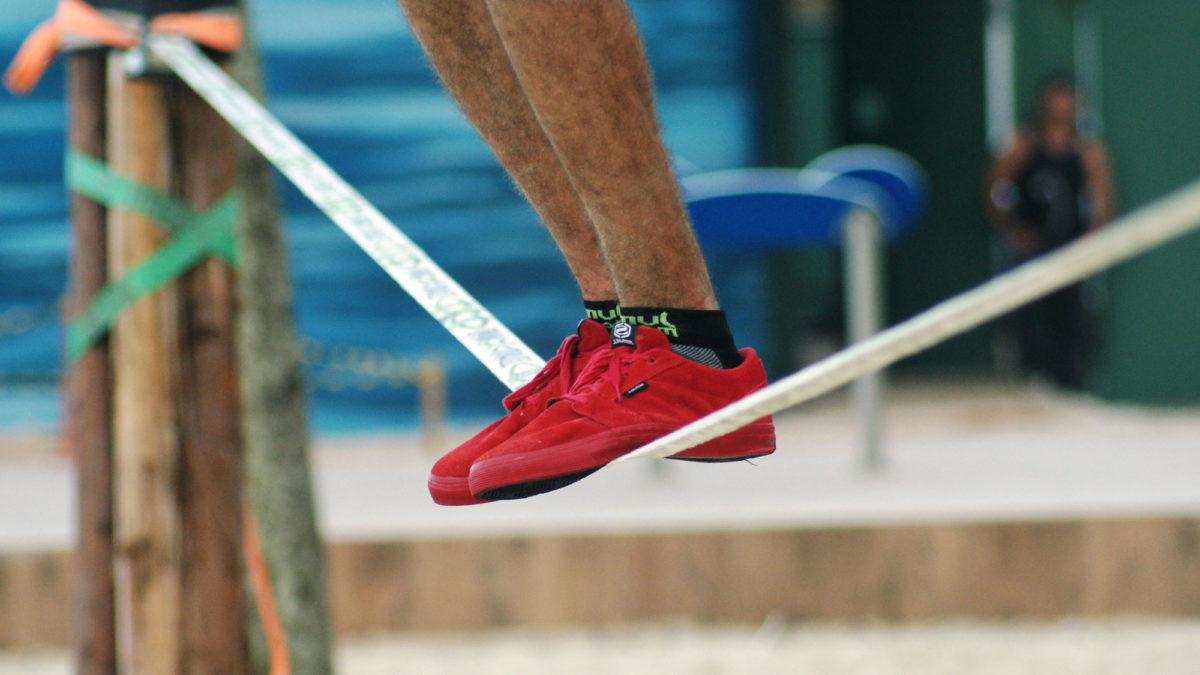The Knee, Ankle and Foot Protocol
Prerequisites: 5-Element Fundamentals and Muscle Testing Basics for Manual Therapists; Core Muscles and Techniques
Duration: 1 Day
Balancing energy using Reflex Points & Emotions
The knee joint is an unstable, complex joint. Because there is no deep depression on the top of the tibia it is relatively easy for the tibia to slip out of the normal articular position. ‘Shin splints’ is a colloquial term. People complaining of ‘shin splints’ may have been given this ‘diagnosis’ for a range of conditions including tibial fracture, muscle tears and inflammation of the shin fascia. The energy model of K-Power® avoids this confusion.
Rupture of the Achilles tendon is another common athletic injury. Complete rupture is usually treated with surgery followed by a long recovery period. By learning to use K-Power® reflexes and attending to the emotional component of the injury (both before and after surgery), you may be able to significantly reduce your clients’ recovery time. In Achilles tendinitis the tendon becomes inflamed and painful and can take weeks to settle. You can learn to help resolve chronic problems like these with K-Power®.
In this workshop you will learn:
- The 7 muscles that cross the knee joint.
- Skill and understanding of the 17 muscles that cross the ankle and foot.
- Muscles of the lower leg and ankle.
- K-Power® muscle testing and balancing protocols – knee, ankle and foot.
You will learn to balance the energy in this situation by using reflex points and by attending to the emotions involved.
Dr Bruce Dewe, K-Power® Co-Founder




